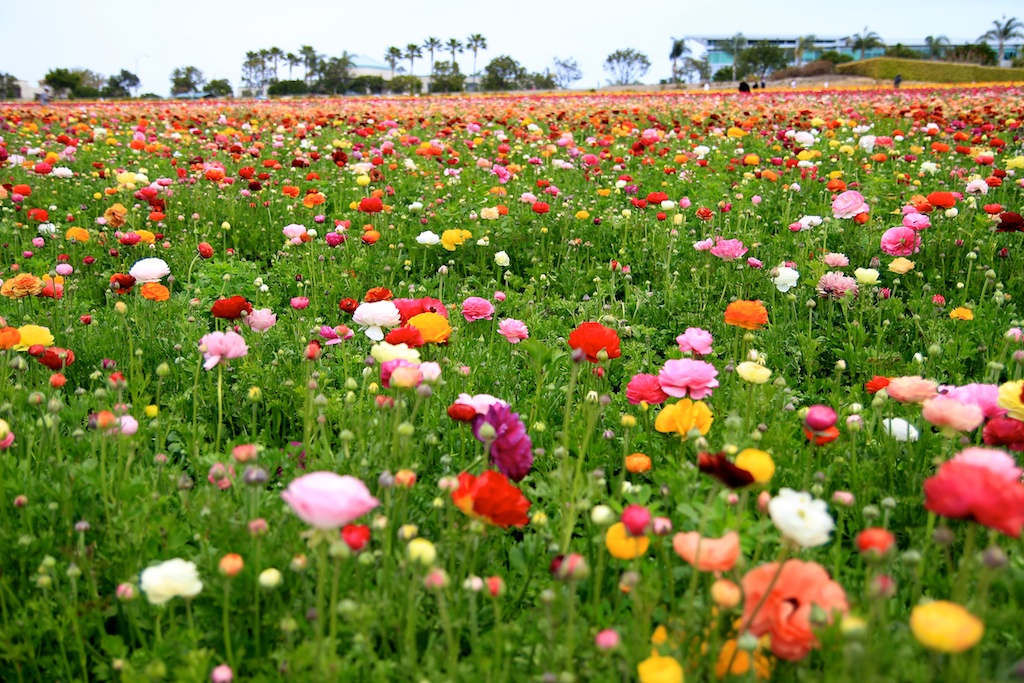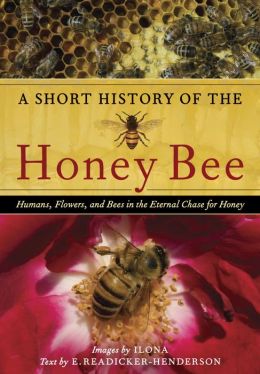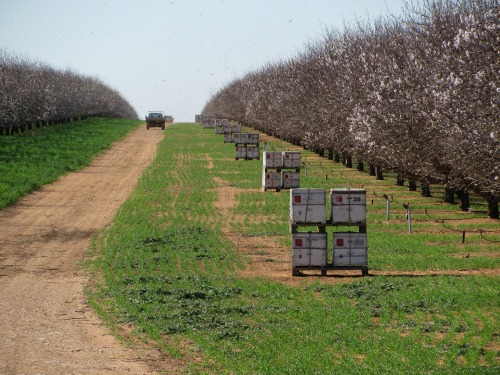
Honey has been used throughout history for eating, cooking, medicine, and more. Honey is a healthy, versatile food, and many people have prized this sweet treat. Ancient Egyptians were one group of people who enjoyed using honey in everyday life. While excavating Ancient Egyptian tombs recently, archaeologists have found honey in pots left by those from older times. The honey was thousands of years old, yet, the food remained unspoiled and preserved. What is it that makes honey such a special food?
 Honey is the only food that never spoils. Many factors contribute to this including its lack of water, its acidity, and the presence of hydrogen peroxide in honey. Without any of these factors, honey could not remain preserved for eternity. All three of those factors work in perfect and complete harmony to make the sweet golden liquid have a never ending shelf life.
Honey is the only food that never spoils. Many factors contribute to this including its lack of water, its acidity, and the presence of hydrogen peroxide in honey. Without any of these factors, honey could not remain preserved for eternity. All three of those factors work in perfect and complete harmony to make the sweet golden liquid have a never ending shelf life.  The first factor, its lack of water, comes from honey’s chemical makeup. Honey is a natural sugar. Sugars are hygroscopic, which means that sugars contain very little water in their natural state but could readily suck up lots of moisture if left unsealed. Because honey is a sugar, it has a hygroscopic nature. How does this help honey stay preserved? Bacteria need a moist environment to grow and honey doesn’t have a moist enough environment for bacteria to grow. Bacteria that enter foods and make them spoil can’t grow in honey. There has to be something in the honey jars to make them spoil and with such a inhospitable environment for bacteria, organisms can’t live long enough to spoil our precious sweet treat!
The first factor, its lack of water, comes from honey’s chemical makeup. Honey is a natural sugar. Sugars are hygroscopic, which means that sugars contain very little water in their natural state but could readily suck up lots of moisture if left unsealed. Because honey is a sugar, it has a hygroscopic nature. How does this help honey stay preserved? Bacteria need a moist environment to grow and honey doesn’t have a moist enough environment for bacteria to grow. Bacteria that enter foods and make them spoil can’t grow in honey. There has to be something in the honey jars to make them spoil and with such a inhospitable environment for bacteria, organisms can’t live long enough to spoil our precious sweet treat!
Not only is honey hygroscopic, but it’s also acidic. Naturally, honey has a pH range of roughly 3 - 4.5. This is why you always hear that when cooking with honey, it’s always good to add baking soda to your recipe. It's because of honey’s acidic pH! This pH is so acidic that most bacteria or organisms cannot survive. Honey is just not a good home to bacteria or organisms, but it’s great in our pantry.
 There are other hygroscopic foods out there with relatively low pHs. Why does honey remain unspoiled and not other foods such as molasses? This brings us to our last important factor, the presence of hydrogen peroxide. Here’s where our lovely little girls come in, the honeybees! Nectar, which is collected from the bees to make honey, is naturally high in water content. The bees remove much of that water, once inside the hive, by flapping their wings to literally dehydrate it. On top of the dehydrating, the bees also add something special to the product. Honeybees add an enzyme that adds to honey’s resilience. This enzyme is called glucose oxidase. When the bees deposit the nectar from their mouths into the beeswax combs to make honey, the enzyme mixes with the nectar. Once mixed with the nectar, the enzyme breaks down into two by-products: gluconic acid and hydrogen peroxide. Then, hydrogen peroxide also goes to work against possible spoiling agents in the honey. For this reason, honey has been used for medical remedies and has been a cherished, long-lasting food. The hydrogen peroxide, combined with honey’s thickness, allows for the rejection of any kind of bacteria growth, and it creates the perfect barrier against the infection of wounds.
There are other hygroscopic foods out there with relatively low pHs. Why does honey remain unspoiled and not other foods such as molasses? This brings us to our last important factor, the presence of hydrogen peroxide. Here’s where our lovely little girls come in, the honeybees! Nectar, which is collected from the bees to make honey, is naturally high in water content. The bees remove much of that water, once inside the hive, by flapping their wings to literally dehydrate it. On top of the dehydrating, the bees also add something special to the product. Honeybees add an enzyme that adds to honey’s resilience. This enzyme is called glucose oxidase. When the bees deposit the nectar from their mouths into the beeswax combs to make honey, the enzyme mixes with the nectar. Once mixed with the nectar, the enzyme breaks down into two by-products: gluconic acid and hydrogen peroxide. Then, hydrogen peroxide also goes to work against possible spoiling agents in the honey. For this reason, honey has been used for medical remedies and has been a cherished, long-lasting food. The hydrogen peroxide, combined with honey’s thickness, allows for the rejection of any kind of bacteria growth, and it creates the perfect barrier against the infection of wounds.  Although honey is a super food, there is one extra factor you want to keep in mind--the seal of your honey. If you leave honey out with no seal in a humid environment, the moisture can’t be controlled and honey will spoil. This is why even inside the beehive, honeybees cap over their honey-filled cells with beeswax to preserve it! If no water is added to the honey and you keep the lid tightly on the jar, you’ve got a shelf life that will last way beyond a lifetime!
Although honey is a super food, there is one extra factor you want to keep in mind--the seal of your honey. If you leave honey out with no seal in a humid environment, the moisture can’t be controlled and honey will spoil. This is why even inside the beehive, honeybees cap over their honey-filled cells with beeswax to preserve it! If no water is added to the honey and you keep the lid tightly on the jar, you’ve got a shelf life that will last way beyond a lifetime!








.JPG)































